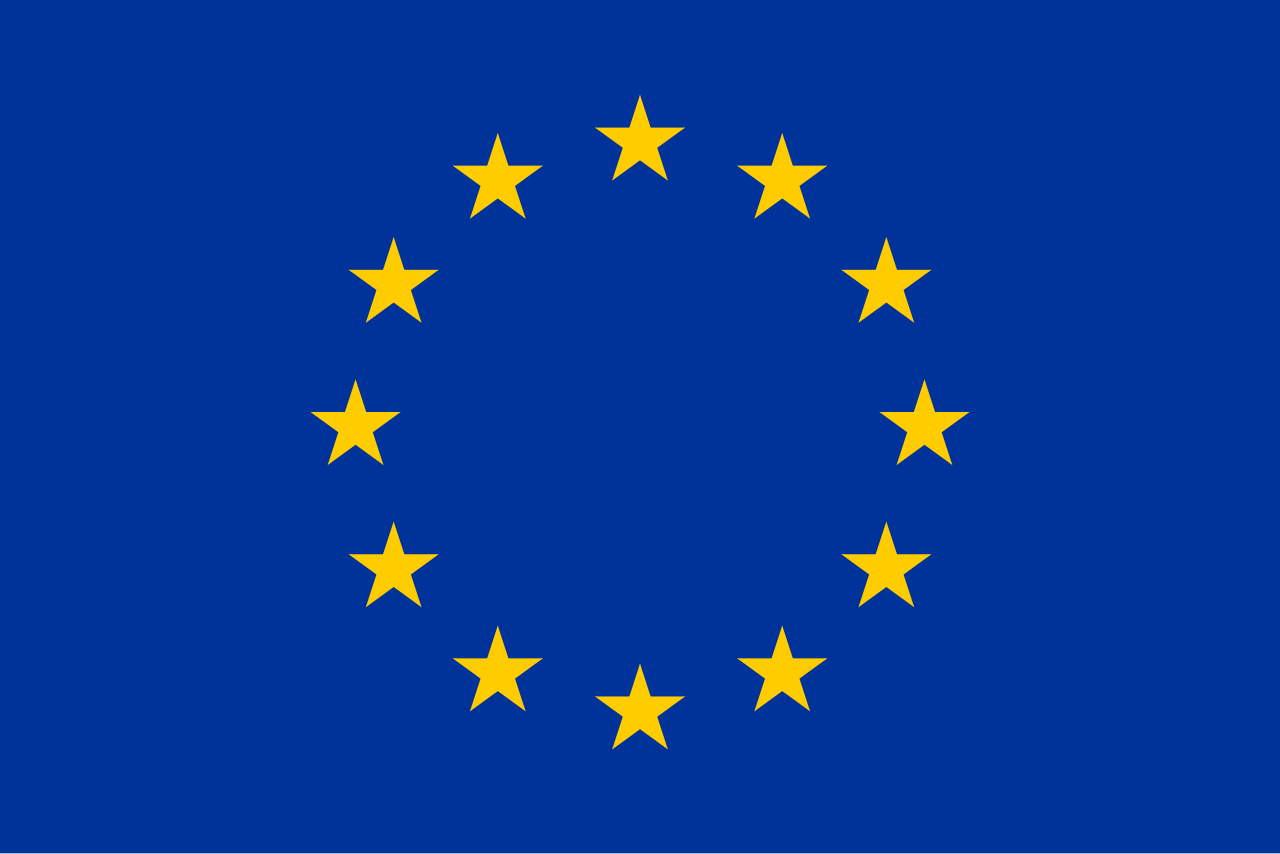What is European Union?
The European Union (EU) is a political and economic union of member states primarily located in Europe.
It was established to foster economic cooperation, political stability, and integration among its members. Here are some key aspects of the EU:

- Economic Integration: The EU aims to create a single market allowing for the free movement of goods, services, capital, and people among member states. It also has its own currency, the euro, used by 20 of the 27 member countries.
- Political Cooperation: The EU works to coordinate policies and regulations across member states in areas such as trade, environmental protection, and regional development. It also has common foreign and security policies.
- Institutions: The EU has several key institutions, including:
- The European Commission: Proposes and enforces EU laws and policies.
- The European Parliament: Represents EU citizens and passes legislation.
- The Council of the European Union: Represents member states' governments and makes decisions on legislation.
- The European Council: Sets the overall direction and priorities for the EU.
- Member States: As of 2024, the EU has 27 member countries, having expanded over time from the original six founding members.
- Treaties: The foundational legal documents of the EU include the Maastricht Treaty (which established the EU), the Treaty of Rome (which created the EEC), and others that have shaped the union's development.
The EU seeks to enhance cooperation and integration among European countries to promote peace, stability, and prosperity.
When was the EU Established?
The European Union (EU) was formally established by the Maastricht Treaty, which was signed on November 7, 1991, and entered into force on November 1, 1993.
However, its origins can be traced back to earlier organizations aimed at fostering economic cooperation and integration in Europe, such as the European Coal and Steel Community (ECSC) and the European Economic Community (EEC), which were established in the 1950s.
European Union Members
In the beginning, the six countries (Belgium, France, Germany, Italy, Luxembourg, and the Netherlands) started working together as the European Economic Community (EEC) in the 1950s. The European Union (EU) was formally established later, in 1993, with the Maastricht Treaty. Over time, other countries joined the EU.
| Country | EU Member State | |
|---|---|---|
| 1 | Belgium | since 1 January 1958 |
| 2 | France | since 1 January 1958 |
| 3 | Germany | since 1 January 1958 |
| 4 | Italy | since 1 January 1958 |
| 5 | Luxembourg | since 1 January 1958 |
| 6 | Netherlands | since 1 January 1958 |
| 7 | Ireland | since 1 January 1972 |
| 8 | Denmark | since 1 January 1973 |
| 9 | Greece | since 1 January 1981 |
| 10 | Portugal | since 1 January 1986 |
| 11 | Spain | since 1 January 1986 |
| 12 | Finland | since 1 January 1995 |
| 13 | Sweden | since 1 January 1995 |
| 14 | Austria | since 1 January 1999 |
| 15 | Cyprus | since 1 May 2004 |
| 16 | Czechia | since 1 May 2004 |
| 17 | Estonia | since 1 May 2004 |
| 18 | Hungary | since 1 May 2004 |
| 19 | Latvia | since 1 May 2004 |
| 20 | Lithuania | since 1 May 2004 |
| 21 | Malta | since 1 May 2004 |
| 22 | Poland | since 1 May 2004 |
| 23 | Slovakia | since 1 May 2004 |
| 24 | Slovenia | since 1 May 2004 |
| 25 | Bulgaria | since 1 January 2007 |
| 26 | Romania | since 1 January 2007 |
| 27 | Crotia | since 1 July 2013 |
The United Kingdom officially left the European Union on January 31, 2020. This event is commonly referred to as Brexit. Following the departure, there was a transition period that lasted until December 31, 2020, during which the UK and the EU negotiated their future relationship, including trade agreements.